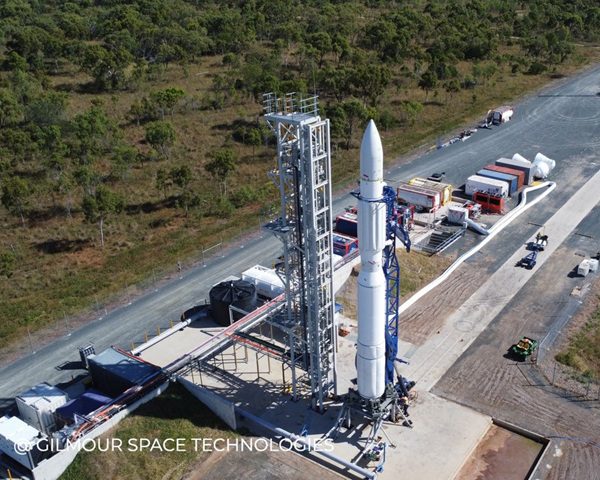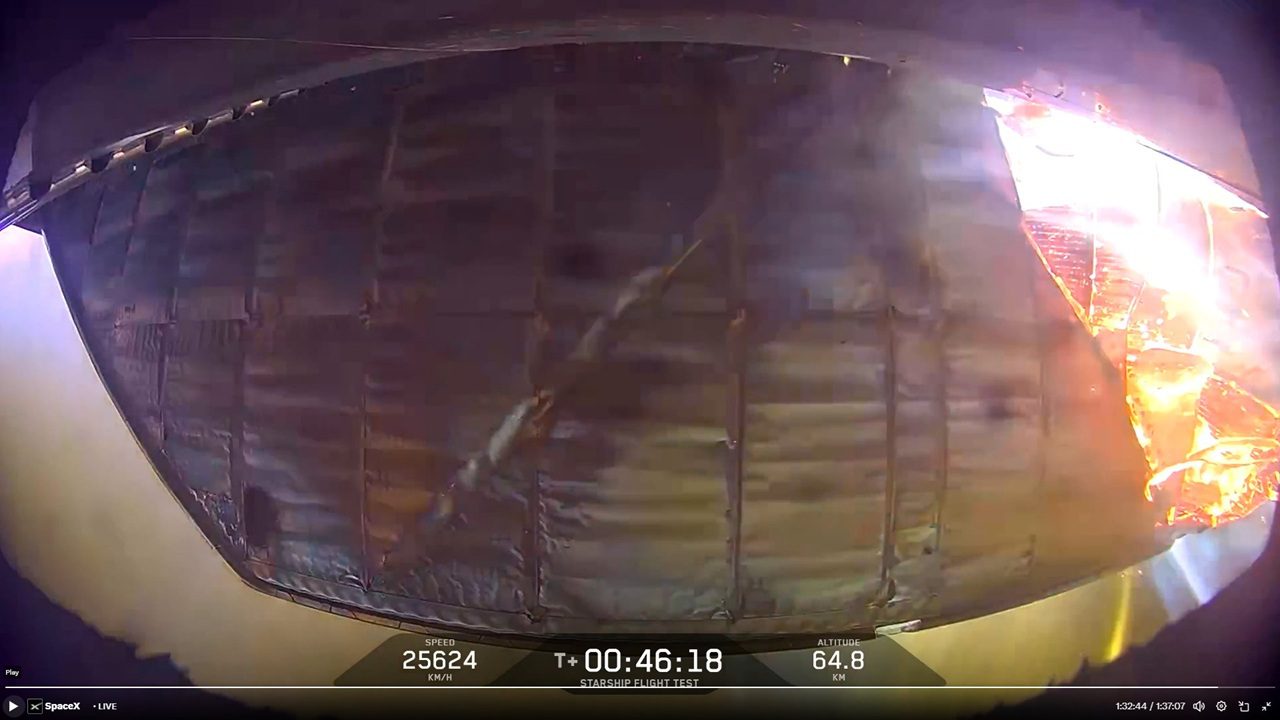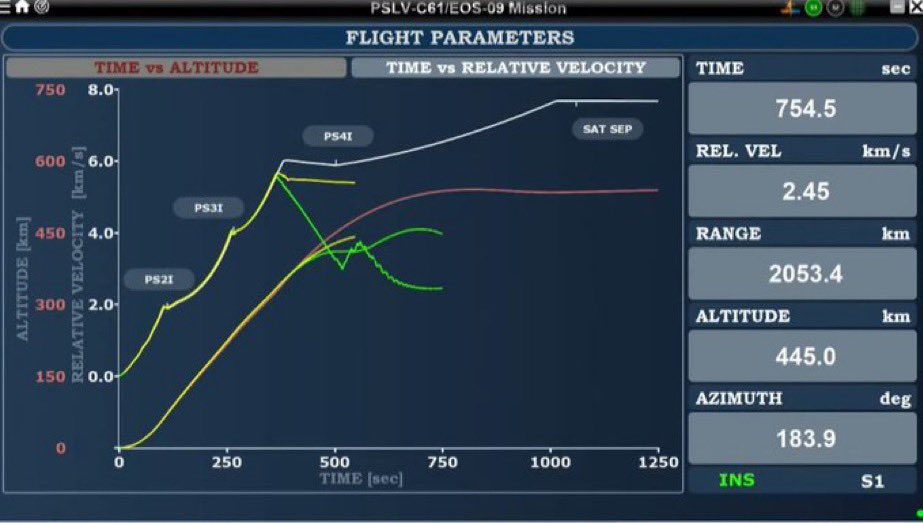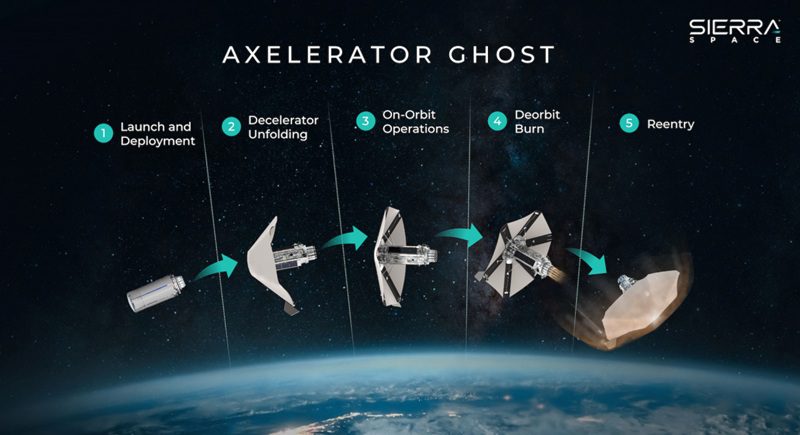The UK firm whose pre-cooler heat exchanger technology for an air breathing rocket engine was recently proven in tests to be able cool air from above 1,000 decrees Celcius to less than-120 degrees Celcius in steady state conditions, has decided to go all the way and make a full scale version of its Synergistic Air-Breathing Rocket Engine (SABRE).
The decision represents an expansion of the £240 million project to build the key elements for such an engine to which the UK government is funding £60 million via ESA. The expanded £360 million new project will now build a complete engine which it hopes to one day employ in its for its Skylon space plane design.
At the 80th anniversary celebration of the British Interplanetary Society, held in its founding city of Liverpool in October, Reaction Engines’ Managing Director and the firm’s chief engine designer, Alan Bond, noted that the new project would produce a complete engine even though it has not yet been decided whether it would be of the newer SABRE 4 iteration or the earlier SABRE 3 version. With a Specific Impulse (Isp) of 2500 seconds at lift off and at 1,600 seconds at Mach 5, the liquid hydrogen/air burning engine would be between three and five times as propulsively efficient as a conventional rocket engine before it transitioned to that mode using liquid oxgyen as an oxidiser. Bond further declined to note the key technical differences between the two engine versions. Bond remained confident about raising the funding for the project even at its new higher level.
Bond also noted the work that the European aerospace firm Thales Alenia Space is doing in defining a transfer stage design to carry satellites from Skylon’s low Earth orbit to Geostationary Earth Orbit using a ‘7 to 1 resonance’ transfer orbit rendezvous technique. That is, the location of the perigee of the transfer stage’s orbit matches with the orbital location of Skylon every seven of Skylon’s orbits.
With respect to other reusable concepts including SpaceX’s attempts to build a reusable first stage for its Falcon 9 launch vehicle, Bond noted his admiration at the pace of their development and even of their ability to reach orbit under engine failure conditions. “I’ve been very impressed by the excess thrust of SpaceX’s (Falcon 9) launch vehicle and their ability reach orbit with an engine out.” said Bond. Bond however remained skeptical of their reusable arrangement using two reusable stages noting that the stage integration costs stemming from the quality and accuracy required may significantly increase overal operational costs.
Note: The writer of this report holds a small financial interest in Reaction Engines.







